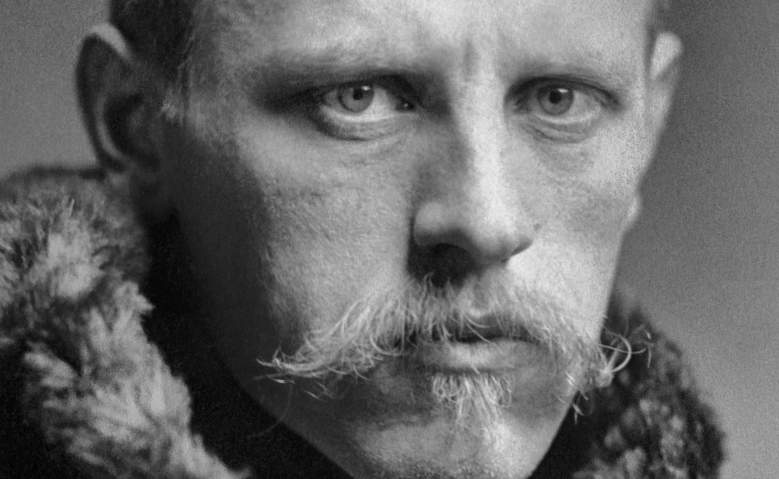
Fridtjof Nansen, the legendary adventurer who “broke new ground as an international humanitarian,” helping countless refugees from multiple backgrounds, is being honored with an October 10 Google Doodle on what would be his 156th birthday.
According to Google, Nansen, who was originally known for his athleticism and exploration, turned his life to humanitarianism and “was awarded the Nobel Peace Prize in 1922 for helping those without a voice find a home.”
Fridtjof Nansen “began his career by shattering the boundaries of human exploration, and he brought the same courage and tenacity to his fight to support refugees,” Google noted. He is credited, according to the Nobel Prize website, with helping save millions of people during a Russian famine, as well as assisting Greek and Armenian refugees.
Here’s what you need to know:
1. Nansen Was Born in Norway & Found a Love of the Outdoors Early On
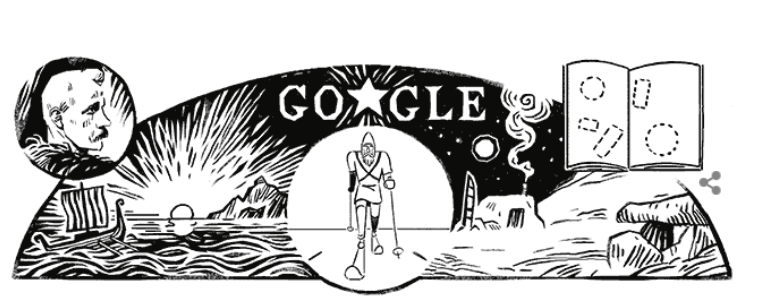
GoogleFridtjof Nansen
The great outdoors appealed to Fridtjof Nansen from an early age as a boy in Oslo, Norway. He was born in that city in 1861. According to the official website for the Nobel Prize, Nansen’s father, “a prosperous lawyer, was a religious man with a clear conception of personal duty and moral principle; his mother was a strongminded, athletic woman who introduced her children to outdoor life and encouraged them to develop physical skills.”
“Nansen was gripped by a sense of adventure from a young age. He learned to cross-country ski as many as 50 miles in one day with minimal supplies — and sometimes with just his dog!” Google wrote with the Google Doodle.
“His love of the outdoors led him to study zoology at the Royal Frederick University,” according to Google.
Noted the Nobel Prize website, “He became expert in skating, tumbling, and swimming, but it was his expertise in skiing that was to play such a large role in his life. Not massively built, Nansen was tall, supple, strong, hard. He possessed the physical endurance to ski fifty miles in a day and the psychological self-reliance to embark on long trips, with a minimum of gear and only his dog for company.”
2. Nansen Was the First Person to Explore the Interior of Greenland
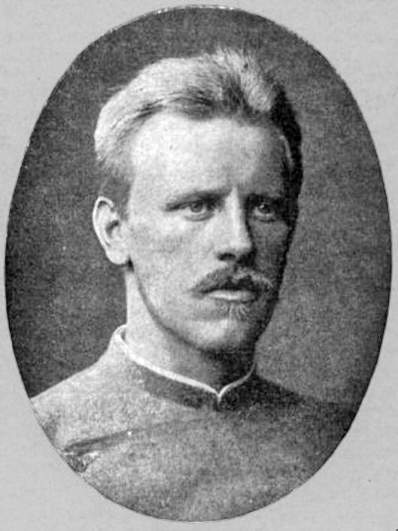
Fridtjof Nansen
Nansen’s explorations put him in history books. According to the Nobel Prize website, he “decided to major in zoology. In the next fifteen years he united his athletic ability, his scientific interests, his yearning for adventure, and even his talent for drawing in a series of brilliant achievements that brought him international fame.”
In 1888, “he became the first person to lead an expedition across the snow-capped interior of Greenland. One icy adventure was not enough: just a few years later, Nansen attempted to become the first person to reach the North Pole. Although the expedition was unsuccessful, he did go farther north in latitude than any other explorer at that time,” Google noted.
According to Brittanica, In “1882, when he joined the sealing ship Viking for a voyage to the Greenland waters, Nansen first saw at a distance Greenland’s mighty ice cap. It occurred to him that it ought to be possible to cross it, and gradually he developed a plan, which he announced in 1887.”
The trek was not an easy one. “…once his party was put ashore, there could be no retreat. In 1926, explaining his philosophy to the students at St. Andrews in his rectorial address, Nansen said that a line of retreat from a proposed action was a snare, that one should burn his boats behind him so that there is no choice but to go forward,” the Nobel website reports.
That hardy and determined attitude would help many when he turned his attention to humanitarian efforts.
3. World War I Led Nansen to Become More Interested in International Politics & He Began Helping Refugees
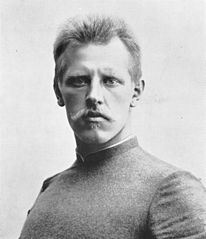
Fridtjof Nansen.
Google recounted how Nansen was influenced by World War I. The world war led to a critical shift in his focus from adventure to humanitarianism.
“As World War I took hold in 1914, Nansen was forced to halt his explorations and focus on research at home,” Google wrote. “However, by 1920, his interests shifted from understanding the landscape of the world to influencing the international political climate. Nansen worked to free hundreds of thousands of prisoners of war and repatriate refugees. He created the Nansen Passport, a travel document that allowed stateless refugees to emigrate and resettle.”
He held many prominent positions in his country, reports the Nobel biography.
“For almost a year in 1917-1918, as the head of a Norwegian delegation in Washington, D. C., Nansen negotiated an agreement for a relaxation of the Allied blockade to permit shipments of essential food. In 1919, he became president of the Norwegian Union for the League of Nations and at the Peace Conference in Paris was an influential lobbyist for the adoption of the League Covenant and for recognition of the rights of small nations. From 1920 until his death he was a delegate to the League from Norway,” it reads.
4. Nansen Focused on Saving Prisoners of War
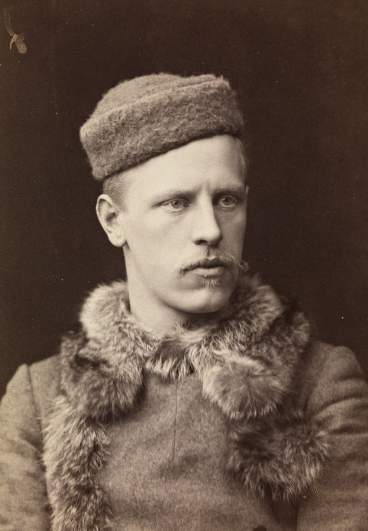
Fridtjof Nansen.
The Nobel website says that Fridtjof Nansen helped repatriate hundreds of thousands of prisoners of war.
“In the spring of 1920, the League of Nations asked Nansen to undertake the task of repatriating the prisoners of war, many of them held in Russia. Moving with his customary boldness and ingenuity, and despite restricted funds, Nansen repatriated 450,000 prisoners in the next year and a half,” the Nobel site says.
Of the Nansen Passport, the Nobel site says, “Nansen ministered to hundreds of thousands of refugees – Russian,Turkish, Armenian, Assyrian, Assyro-Chaldean – utilizing the methods that were to become classic: custodial care, repatriation, rehabilitation, resettlement, emigration, integration.”
5. Nansen Was Awarded the Nobel Peace Prize For His Efforts & May Have Helped Save Millions
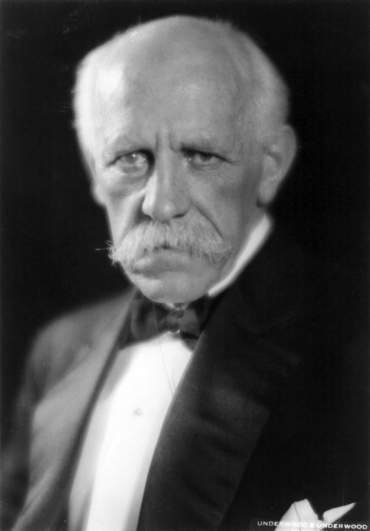
Fridtjof Nansen in later years.
The Red Cross in 1921 “asked Nansen to take on yet a third humanitarian task, that of directing relief for millions of Russians dying in the famine of 1921-1922,” reports the Nobel website.
“Help for Russia, then suspect in the eyes of most of the Western nations, was hard to muster, but Nansen pursued his task with awesome energy. In the end he gathered and distributed enough supplies to save a staggering number of people, the figures quoted ranging from 7,000,000 to 22,000,000.”
Nansen did not stop there. He also helped many Greek and Armenian refugees.
“Nansen tried to solve the problem of the Greek refugees who poured into their native land from their homes in Asia Minor after the Greek army had been defeated by the Turks. Nansen arranged an exchange of about 1,250,000 Greeks living on Turkish soil for about 500,000 Turks living in Greece, with appropriate indemnification and provisions for giving them the opportunity for a new start in life,” the Nobel site says.
“Nansen’s fifth great humanitarian effort, at the invitation of the League in 1925, was to save the remnants of the Armenian people from extinction,” the site reports.